Although investigations are still pending, the government already argues that the gas terminal will appear in the seaport – in the "Klaipedos Nafta" base.
Changes concerning the scope
When presenting the new "Klaipedos Nafta" Director Rokas Masiulis, it was clearly stated that he takes over Jurgis Ausra position because the former has a task to build a new LNG (Liquefied Natural Gas) terminal till 2012.
When and what at the terminal construction will begin, the new leader has refused any comments so far. After summarizing all the studies in the fall, a decision to build the terminal in "Klaipedos Nafta" base may be taken.
"The provision is clear – we will build the gas terminal. So far, I see "Klaipedos Nafta" as the only place. It is necessary that the terminal is built by a particular agent", commented Minister of Energetics Arvydas Sekmokas.
Gas terminal design work should begin this year. Two years ago, it was concluded that the gas terminal capacity should be up to 5 billion m3 of gas per year.
Need to build fast
However, A. Sekmokas had mentioned before that we need such a terminal that is quickly built, which means that the terminal would be of minimum capacity.
"The size of the terminal will depend on long-term commitments of "Achema" to purchase gas via this terminal. The higher obligations of "Achema" and others, the bigger the terminal would be", explained A. Sekmokas.
So far it hasn‘t been announced what size the liquefied gas terminal would be and how much its construction would cost. It seems that there‘s no terminal building scheme. During the recent visit to the United States, the Prime Minister Andrius Kubilius requested American gas terminal for the support in technological choice.
Lithuania consumes more than 3 billion m3 of gas annually, but under certain conditions, the number may increase to 4 - 4.5 billion m3. Lithuania needs the Gas Terminal to provide an alternative for gas supply from Russia and to be a lever in reducing "Gazprom" supply price.
"If we can only bring 1 billion m3 of gas, there‘s only a small possibility that they will significantly reduce the price", considered Bronislovas Lubys, the president of one of the largest gas users "Achemos Grupe".
A return back?
A former "Klaipedos Nafta" Director J. Ausra pointed out that this State Stevedoring Company of oil products could not only be a base for gas terminal construction, but also could become one of the investors representing the share of the country. It is believed that the state should keep the block of shares of the gas terminal company.
Private capital would also contribute to the terminal building. It has been made public that the Netherlands gas transportation company "Gasunie" is interested in the LNG terminal and underground gas storage projects in Lithuania.
"Achemos Grupe" President A. Lubys has confirmed that he will take part in LNG terminal project. Usually being open about innovations, B. Lubys was less talkative about gas terminal construction.
"It will take 2-3 months for plans to deliver", said he.
The issue of liquefied gas terminal construction in Lithuaia has been somewhat politicized until now. Yet in 2008, a LNG import terminal company "Gamtiniu Duju Terminalas" was established. 80 percent of it was held by the state, and the remaining 20 percent belonged to private capital. "Achemos Grupe" was ready to invest 300-400 million litas in the construction of the Terminal.
However, when the ruling coalition changed after the parliamentary elections, the intention was labelled as non-transparent. The project caught the attention of law enforcement authorities, but it didn‘t evolve to a more serious criminal investigation. Natural gas terminal company had been liquidated. It seems that after two years of ticking over, they go went back to where the debate had long been started. A. Sekmokas argued that it hasn‘t been fully decided on the management of the gas terminal model.
Early talk
A study of the external port is being carried out now which must answer the question on the gas the terminal building.
Running for the parliament almost two years ago, a current Klaipeda County Deputy Arturas Sulcas had chosen a deep-water port, which was planned to build next to Melrage, as an object of criticism.
Liquefied gas terminal would be a step towards a deep-water port. A.Sulcas was asked whether his approach hasn‘t changed since he joined the parliament.
"We have never said a categorical "no". We said that it should be decided upon after the feasibility study and environmental impact assessment had been carried out. We don‘t have it today. The talk about the LNG terminal is too early. One shouldn‘t say that it is possible to build a gas terminal at Melnrage. It is not only technically impossible, but we also don‘t know whether it is economically worthwhile", discussed A.Sulcas.
He added that before the elections to the Seimas, he had spoken against the construction of a huge monster – the island by Melrage. Now, he says, they only talk about the lengthening of the northern pier so that ships carrying gas and oil products could keep mooring.
In A.Sulcas‘assessment, it might be possible to build a small LNG terminal in the territory of "Klaipedos Nafta" that the Minister of Energetics A. Sekmokas talked about.
"I do not think that a few additional containers would somehow affect the rhythm and ecosystem of the Klaipeda city. Under the most minimum version, ships would moor to the same "Klaipedos Nafta" quays as they used to", explained A.Sulcas.
The biggest problem today is that "Klaipedos Nafta" exhausts nearly all of its capacity. It has been thought for several where to build an additional berth. The construction of gas carriers at the same berths, if it is possible for port security, would mess up the company‘s oil product loading.
A need for spacious storages
Lithuania not only needs the gas terminal, but spacious gas storages as well. To install them near the territory of Klaipeda oil would be even risky.
Lithuania hasn‘t decided yet where to build the gas terminal: Klaipeda or Butinge. In order to find out a public opinion on the Klaipeda variant, only individual comments are provided. Many of the questions should be answered by a study of external port development, which is carried out under the order of Klaipeda State Sea Port Authority.
"If we are talking about underground storage of liquefied gas, the option of Butinge gas terminal would be more rational. Such alternative is also provided in the General Plan of Klaipeda County. After the port‘s leadership changed, the view towards development of the alternative port at Butinge is no longer fixed as it had been before", noticed A.Sulcas.
In B. Lubys‘s view, the best place to build the gas import terminal is also Butinge. However, it would require additional investment and would be the costliest. Such an implementation of the project could apply to Klaipeda .
'The terminal doesn‘t necessarily need to be built immediately. It can be done in two stages, increasing its capacity. However, it is necessary to resolve the issue of installation of underground gas storage facility as soon as possible. Without it, the pipes would supply only as much gas as it is consumed. It would be impossible to unload them from the ships because there would be nowhere to accumulate it. And it would significantly increase costs, because the daily price for gas ship parking at the port is 50 thousand U.S. dollars. Thus, instead of the expected low-cost natural gas, we would get very expensive gas", discussed B. Lubys.
LNG terminal boom
Europe is currently dominated by a liquefied natural gas (LNG) terminal construction boom.
Up till 2012-2014, Estonians plan to build a 3 billion m3 of gas import terminal in Pakri peninsula near the Paldiski city. It would cost about 480 million euros.
This year in Wilhelmshaven, near Hamburg, Germans will finish building the first 7.5 billion m3 capacity LNG terminal in Germany. Its installation will cost about 500 million euros.
The first gas terminal in Netherlands is under construction at the port of Rotterdam and will be operational in 2011. It will cost 800 million euros, and it will be the biggest 12 billion m3 terminal in Europe with three tanks and two berths. It is planned to increase its capacity to 16 billion m3.
In 2011, a 2.5 billion m3 of liquefied gas terminal is planned to start operating in the port of Svinouste, Poland. Subsequently, the terminal capacity will increase to 7.5 billion m3 per year.
Poland's annual gas demand is about 16 billion m3. The Svinouste port variant is very similar to Klaipeda. To equip this terminal will cost from 350 to 450 million euros. It was agreed that the gas will be supplied from Algeria.
15 liquefied natural gas terminals operate in Europe already. The largest ones are in France and Spain. Small scale terminals - from 0.7 to 1.4 billion m3 of gas per year – are in Cyprus and Greece, which will probably be built in Lithuania.
Cargo is cooled down
To build an average gas terminal of 8 million m3 turnover per year, costs about 500 million euros. Such terminal with gas tanks needs an area of 80 hectares. Gas shipment is more expensive than the its pipeline supply.
There is a wide variety of options for the gas terminals around the world: from buoy system (the same as in Butinge oil terminal), special vessels wharfed by gas carriers, to stationary quays or platforms.
Specific LNG tankers ship the gas chilled to pour temperature -161 C0. Then its measure of capacity is reduced by approximately 600 times. That‘s how by long distances gas goes from Qatar, Nigeria and the Pacific Ocean countries and reaches the most generous markets of Europe, America and Asia (Japan, China).
Thus, the LNG terminal's primary role is not only a safe and rapid adoption of gas, but also the way of transporting or storing the gas without loss of temperature. It‘s impossible to avoid during long distance gas transportation. Therefore, in some places at sea and elsewhere by shore tanks, gas replacement equipment is installed, where from a liquid state the gas is replaced into a light state.
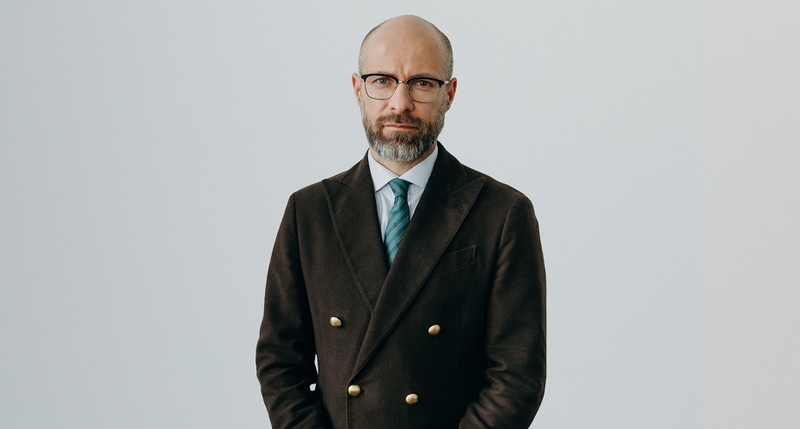

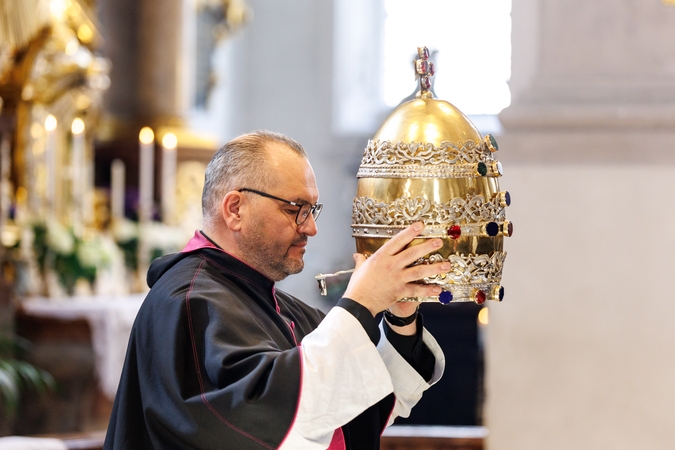


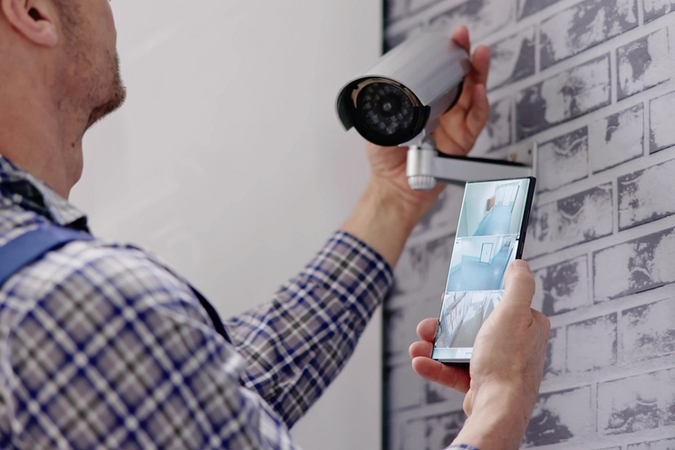
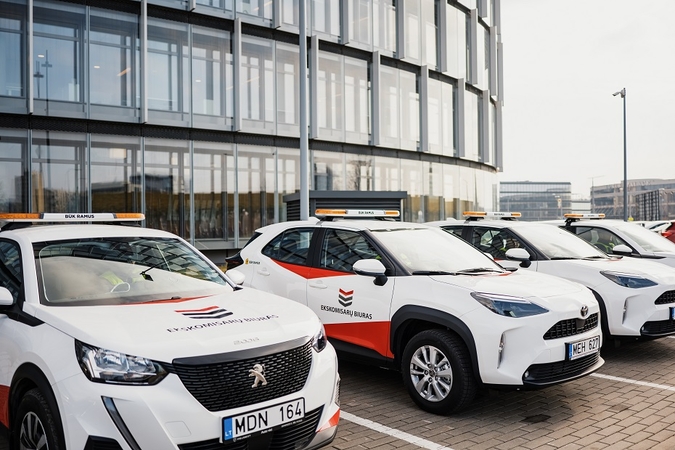



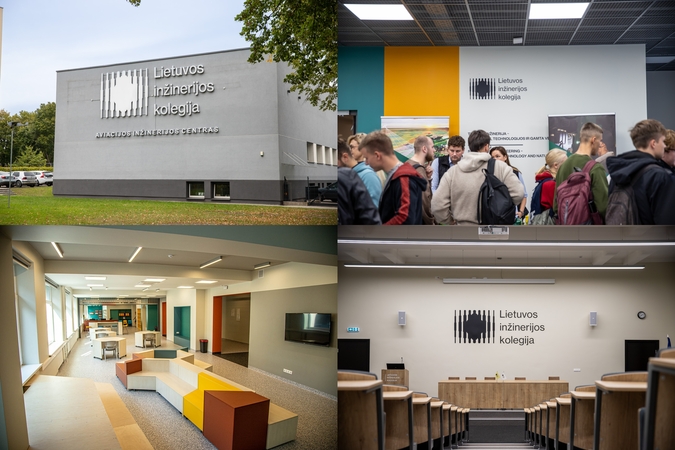
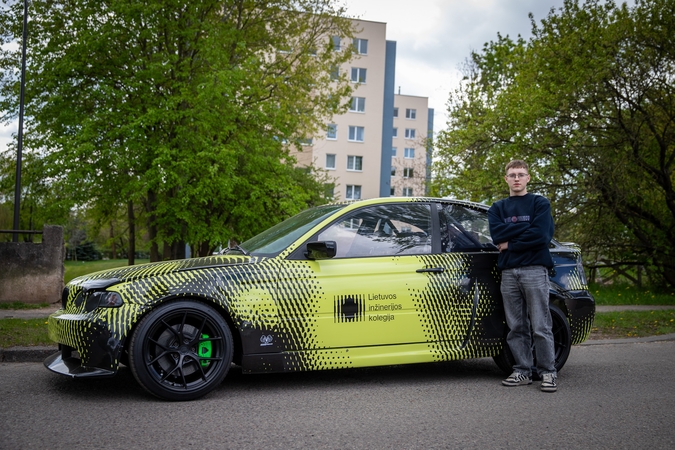
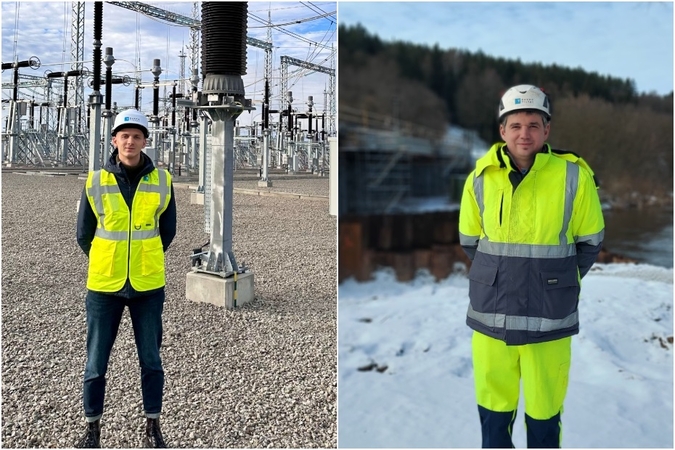






Naujausi komentarai